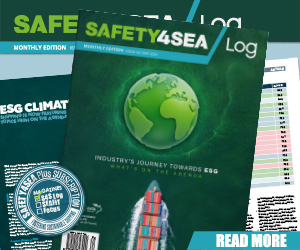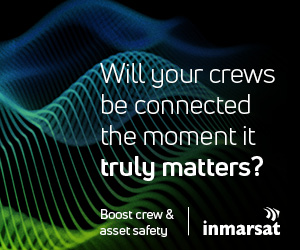Rescue boat capsized after launch
Experience Feedback An offshore support vessel planned a routine launch of the rescue boat whilst at sea. A risk assessment was conducted and a permit to work was issued. The 2/O then left the bridge to brief the deck launching team (ABs 1& 2), and the boat's crew (deck cadets 1 & 2) on the procedures. The conditions were ideal with a light breeze, near-calm sea state and no traffic. Prior to launching, the 2/O held a toolbox meeting, reviewed the procedures and completed all pre-launch checks. It was visually confirmed that the painter was secure and that the painter release mechanism was locked.However, the outboard motor was not started prior to launching, as it had been been tested on muffs (a portable cooling water connection) the previous day. The 2/O gave clear instructions to deck cadet 2 that he was to stand by the painter and operate the release only after the engine was started in the water and the fall wire was unhooked. The vessel was on autopilot on a steady course of about 2.5 knots, and after ensuring a good lee, the Master ordered the boat to be launched. However, as the boat entered the water, the ...
Read more























































